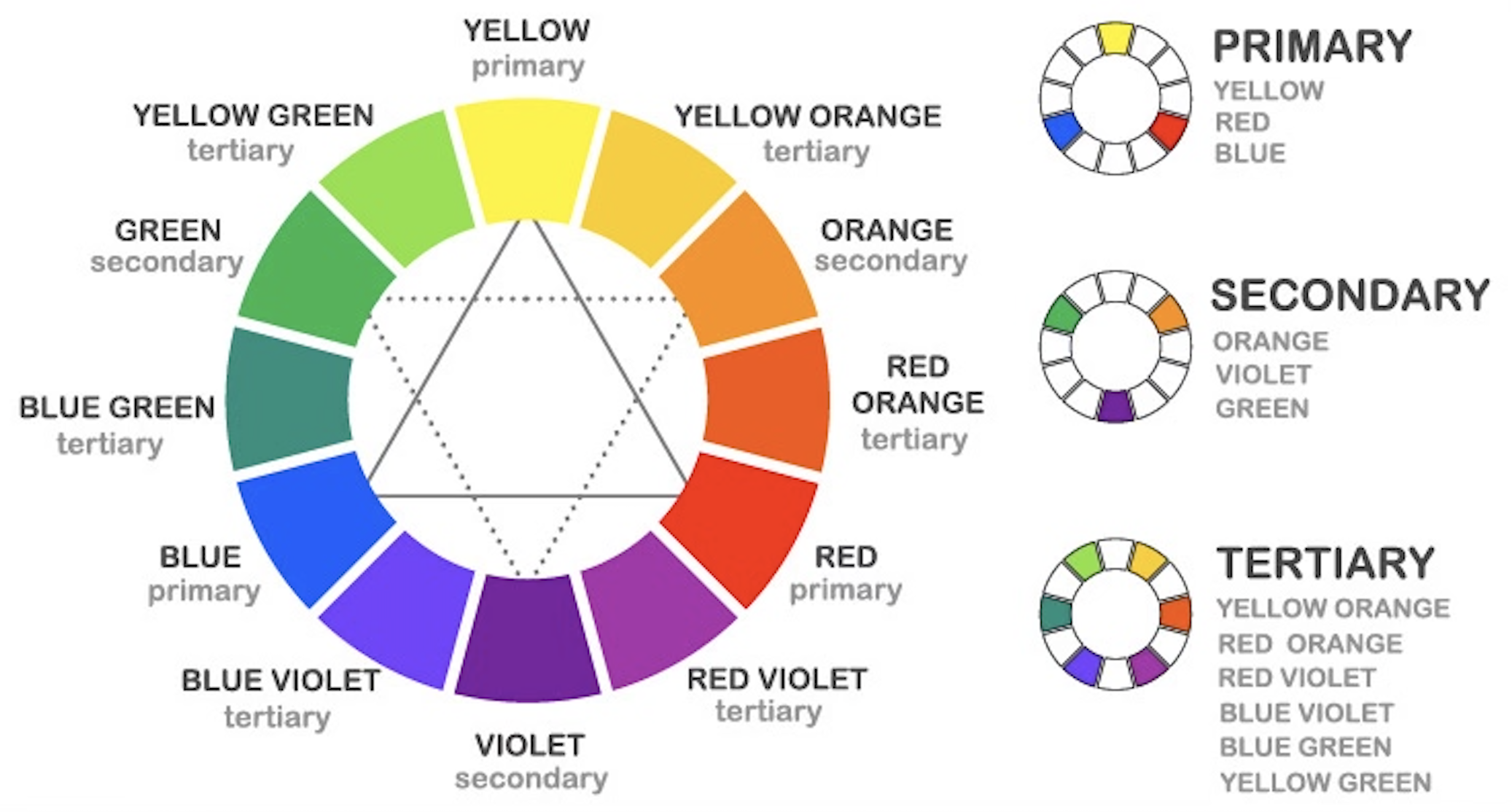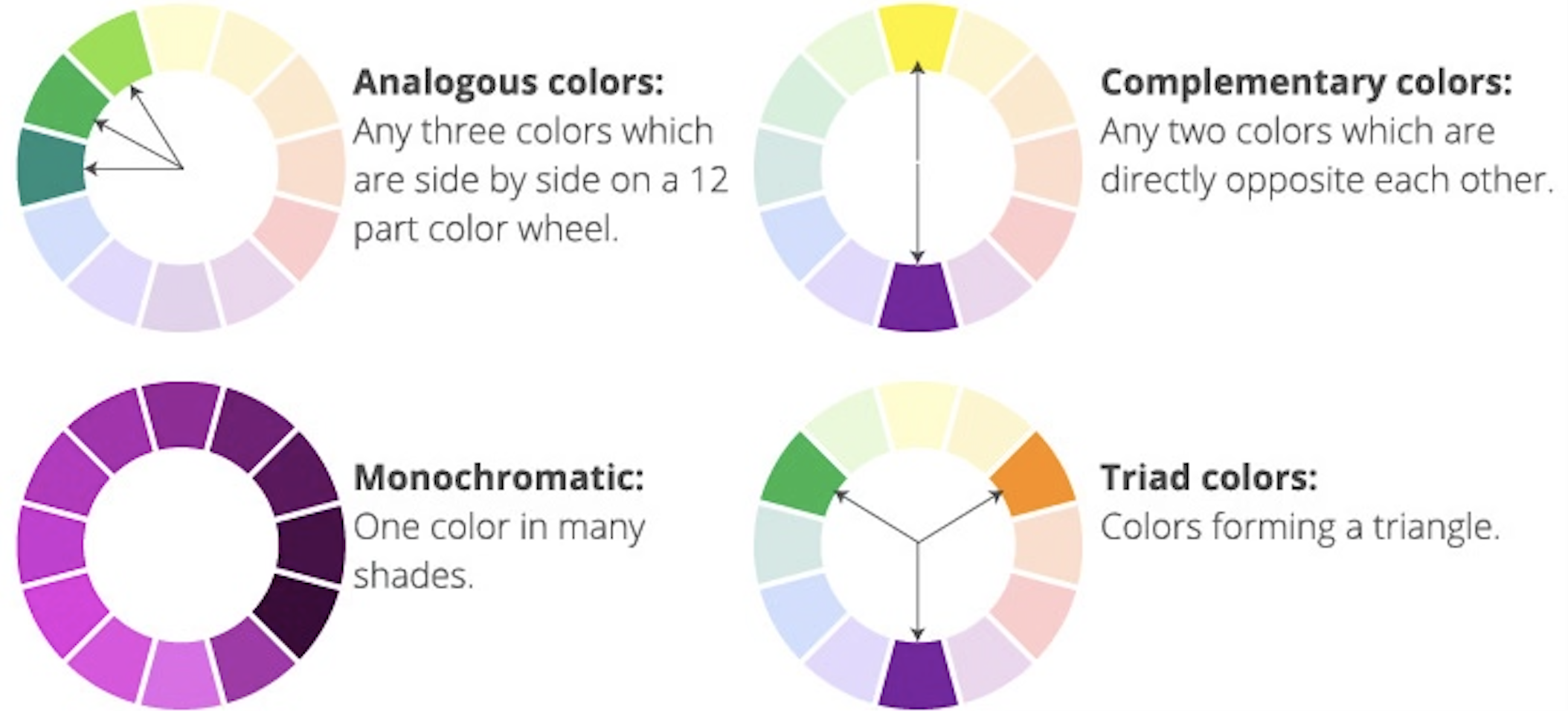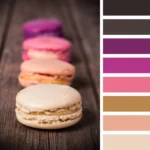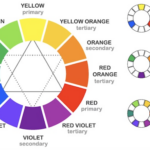
Choosing colours for your website
why is colour crucial to the design of websites?
Your website’s success online depends on the colours you choose for its design. Your most effective weapon for getting the attention of your intended audience may be colour. You can use colour to influence how your website visitors feel or react to a call to action. As opposed to colourless (black and white) photos, colour images are easier for us to process and store, which can improve brand awareness and encourage website visitors to take action. Colour schemes can subtly influence judgement, therefore your palette shouldn’t go against the tenets of your company.
A little bit of thought for your colour
Colour schemes demand a significant amount of effort and consideration in the web designer’s design workflow, as experienced designers from all backgrounds can attest. There are numerous recommended practises to understand in order to design the ideal colour scheme because of the broad span of this subject. We will be even more prepared for our future design-related decision-making and our jobs as web designers after knowing the role that colour schemes have in the website design process.
Follow the rules
In a brand’s design system or style guide, which is a set of rules that defines a brand’s personality, brand messaging, brand imagery, and content assets, colour schemes are almost always a major element. As we all know, branding is one of the most important aspects of website design. Therefore, a well-defined, meticulously created colour scheme will establish our brand identity and turn our websites and their contents into polished, expert brand assets.
There are several “rules” and best practises that, when followed by web designers, will maximise the potential of their web design abilities and best portray their status and competence as web designers. It’s time to discover the importance of website colour schemes in website design and the guidelines you can use to create the finest website possible.

What Is a Colour Scheme for a Website?
The assortment of hues a designer selects for their website design is known as a website colour scheme. Colour schemes, often known as colour palettes, can contain as few or as many colours as the designer deems appropriate. The website can utilise each colour for a range of aspects, which allows for the usage of the same colour for several component kinds.
In light of this, colour palettes are typically split into two categories: primary and secondary. The primary colours make up the majority of the site’s colour scheme, including the backdrop, logo, menu, etc. Secondary colours are frequently utilised as accent colours, among other uses. A colour palette will frequently have many tones of the same colour, giving the website a unique yet unified sense across its design.
Be consistent with your colours
One of the key principles when developing a colour scheme for your website is consistency. Because having a strong brand personality is essential to running a successful website and business, sticking to a consistent colour scheme helps to establish your brand identity because your audience will start to associate your brand with the colours and styling you employ frequently.


Why Colours on Websites Matter
1. They Display Your Visual Id
Your important colour selection becomes your visual identity, which is how your brand will stick in the minds of your visitors and potential consumers and become recognised as yours. As different user personas are drawn to different sorts of colour palettes, this form of visual identity materialises as a communication medium between you and your target audience. Colour schemes affect a significant portion of your user experience since they help people picture your brand messaging.
2.They create a good first impression.
Web designers are aware that, even when designing (or redesigning) a website, they are frequently considering, if only unconsciously, “what type of first impression would this design make on my visitor?” First impressions are one of the key concerns with website colour schemes. This is true to the extent that, according to a 2018 survey, 94% of participants claimed that a website’s design influences their first impressions of it.
3. They Forge Emotional Bonds
Finally, different colour schemes elicit various feelings and associations in the viewer, even if you aren’t aware of it at first. Your colour selection will have a significant impact on the dynamic of your “conversation,” as well as how you speak and tone your message to your audience and visitors. We will shortly talk about the subject of colour psychology, which is a world unto itself.

























